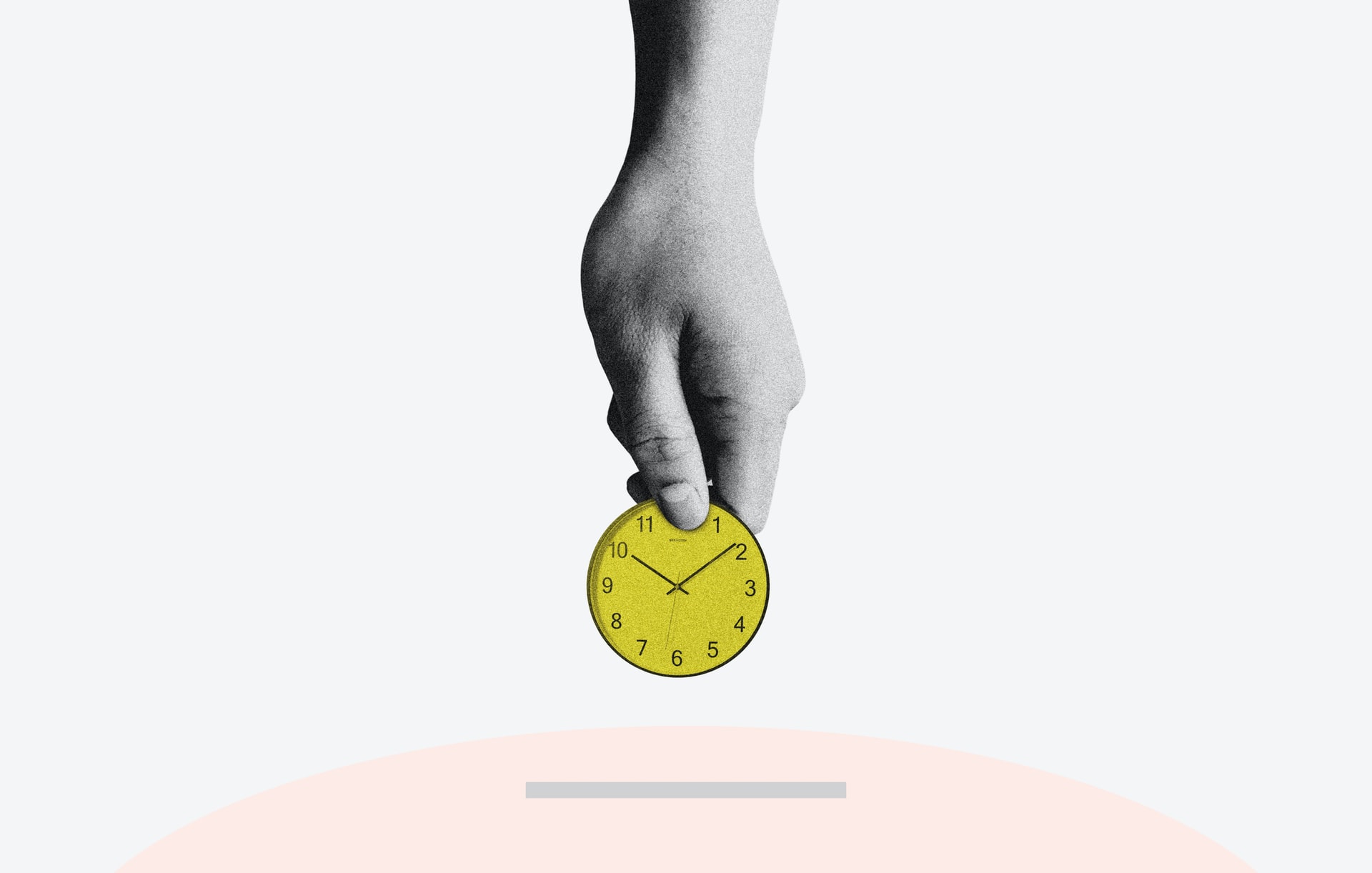Stages of funding rounds
Confused about the process to get your start-up funded? There are different rounds of funding that occur as a business grows. Let us introduce them:
Beginning (with a Pitch Deck)
Starting from scratch, funding will typically come from your savings, loans, and family members.
At this stage, you should create a pitch deck in order to demonstrate an understanding of the market and how you have managed to find a sweet spot within. This may also service as an opportunity to demonstrate your abilities.
Side note: After solidifying your pitch, you should consider a co-founder. This person can be someone to help juggle ideas, compliment your skillset, or make it easy to navigate through tough times. For fundraising, single founders may be less preferred, reducing the chance of a start-up success.
Pre-seed Funding
The next stage is known as pre-seed funding. At this stage, you should have your pitch fine-tuned. This is one of the services GRECA provides to help you succeed. This pitch is presented to friends and potential angel investors. Funding for this round doesn’t typically exceed a million dollars. However, it may allow you to create your MVP, hire employees or rent an office.
Side note: Business loans are another viable option at this stage. This will require interest repayments, but will not result in equity loss.
The Seed
The next stage is called the seed round. $1.7 million is the typical amount raised during this phase. At this moment, Accelerators and Venture Capitalists (VCs) may begin to spark interest in your start-up. A common investor in seed funding is called “angel investor” – an investor open to riskier ventures (e.g. start-ups with little proven track record) and expect an equity stake in the company in exchange for their investment. If these types of investors provide funding, you may be giving up 10-25% of equity at this stage.
Series A
The next stage is called Series A. Once your business has proven potential (an established user base, consistent revenue figures, or some other key performance indicator), you will need funding in order to scale.
Side note: Having a business plan to generate long-term revenue becomes key at this stage.
VCs, hedge funds, and private equity firms will all be interested during this stage. The average Series A funding as of 2020 was $15.6 million. However, this average funding number will depend on the region and the vertical where the start-up belongs. In the European Union you might have averages for Series A around 5m€. However, for healthcare companies this is not true, and Series A are around 10-15m€. 15 to 30% of the equity may be exchanged. Depending on the equity story and numerous factors, founders and early-stage investors end up losing control of the company in Series B, C, D, etc. That is when PEs or VCs with growth funds appear.
Series B
The next stage is called Series B. This stage will help companies move past developments and some scaling and move to expanding market reach (due to increasing demand). At this point, your company should be showing strong signs of growth and success. In this round, you can expect around $30 million in funds in exchange for 15-30% of equity.
Side note: Series B funding will draw more scrutiny from potential investors. Be prepared!
Series C
This last stage before a potential initial public offering (IPO) is Series C. Investment banks and private equity firms will be targets during this stage. You are no longer considered risky at this stage and will attract attention from these conservative investors. Money raised during this round could be used to increase valuation, expand into new global markets, or even to acquire other companies.
IPO or Buyout
In funding rounds A-C (or even potentially D), the shares of the company are private. Through an IPO, the previously private shares can now be offered to the public, meaning any public person!
Another option is a Buyout, which is basically a PE or a Corporate buying 100% of the shares of the company, thus all previous investors holding shares up to that point s





